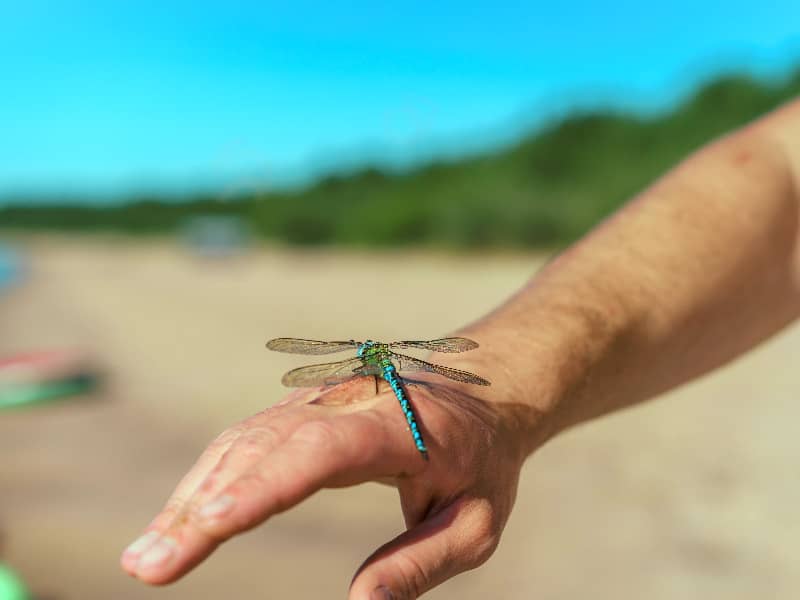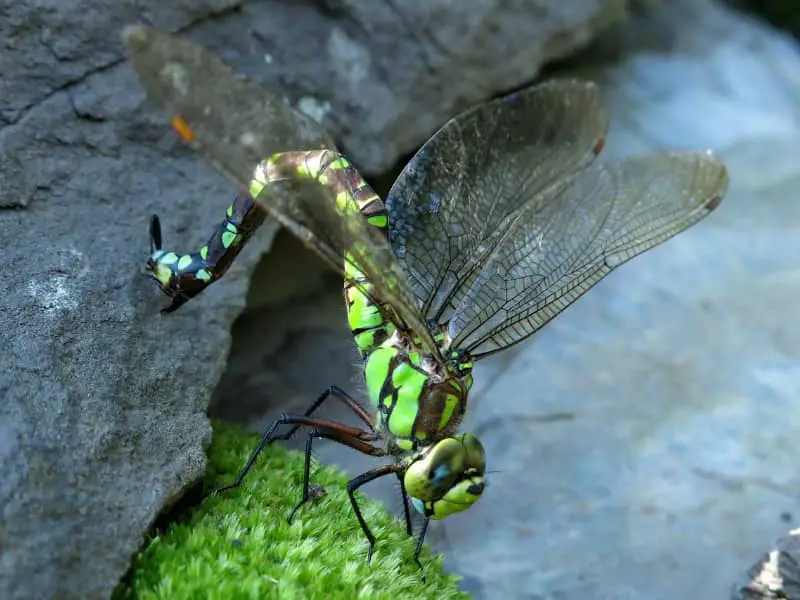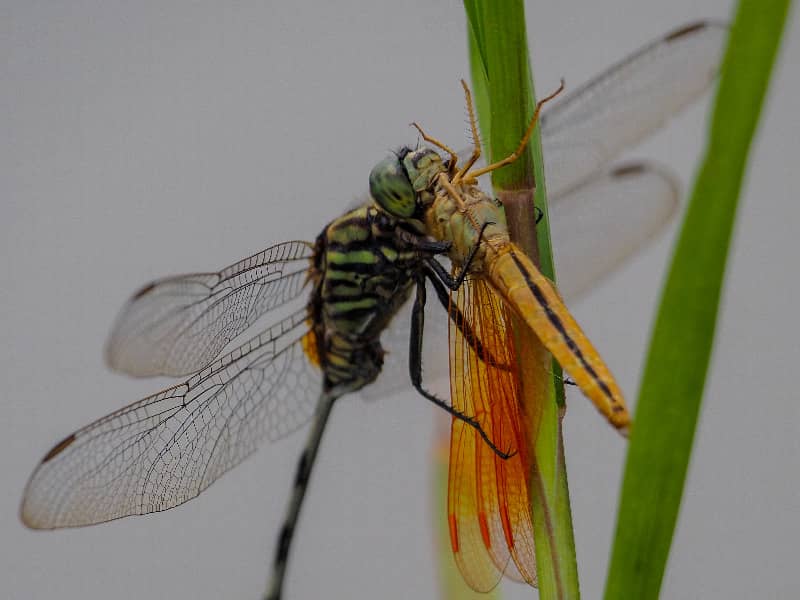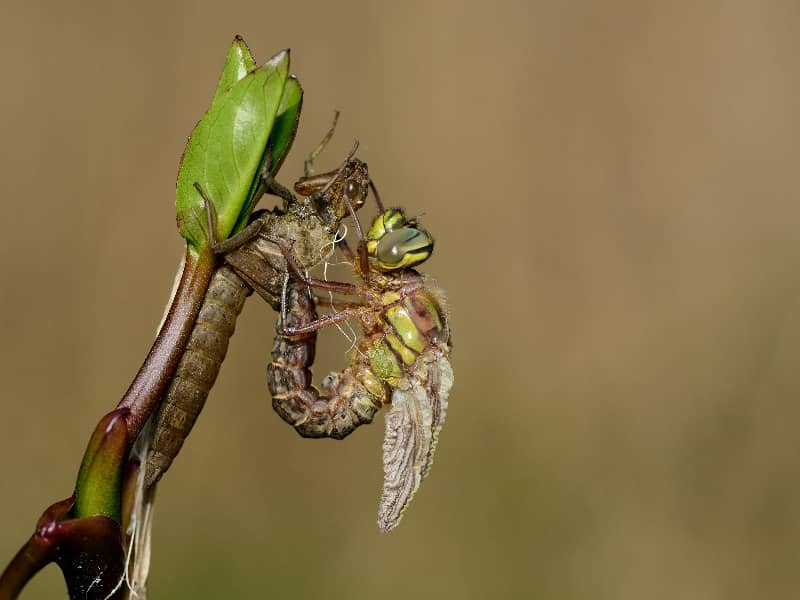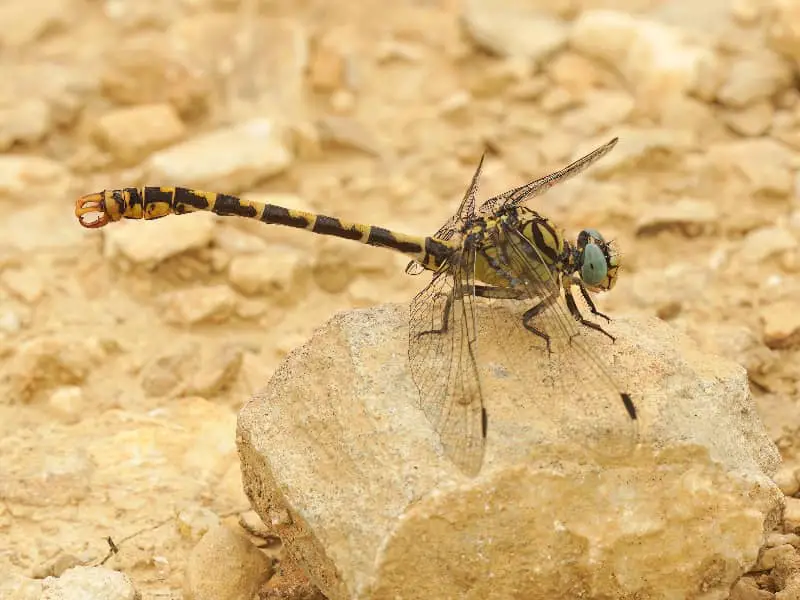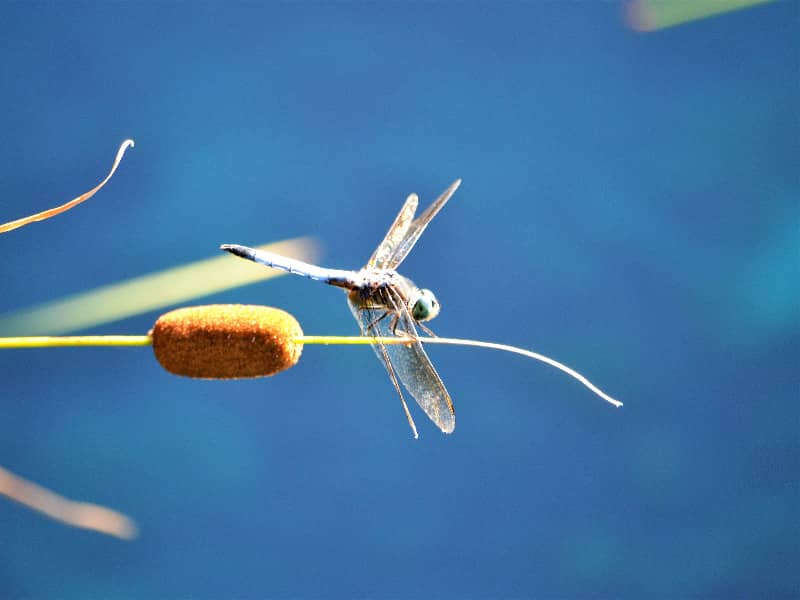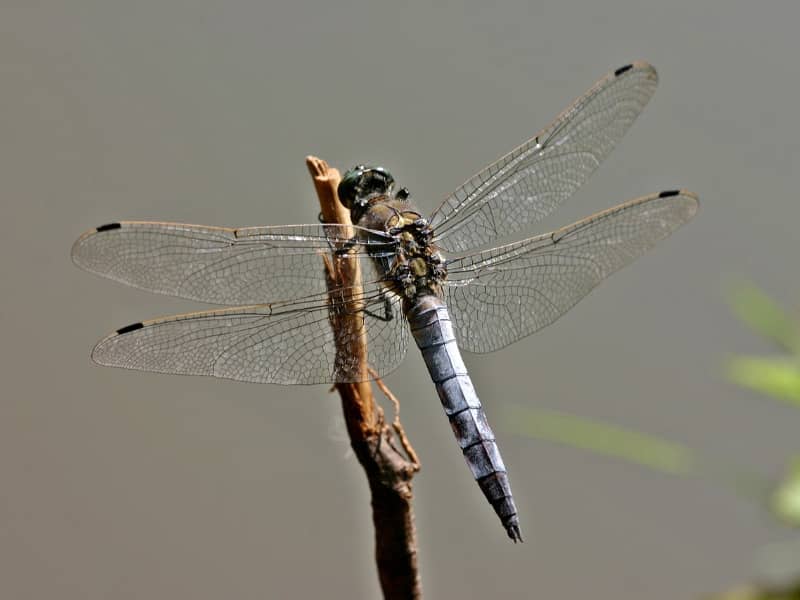
Large blue arrow
The large blue darter (Orthetrum cancellatum) is a fascinating dragonfly species that is native to Europe. With its striking blue coloration and size, it is an impressive sight in the world of insects. In this article, we will take a closer look at the physical characteristics, habitat, behavior and ecosystem importance of the Large Blue Darter. We will also look at the conservation status of this species and the threats it faces. Finally, we'll learn some interesting facts about the Big Blue Arrow.
- Large blue arrow
- Physical characteristics of the Big Blue Arrow
- Habitat and distribution of the great blue arrow
- Big Blue Arrow - Life cycle and behavior
- Importance of the great blue arrow for the ecosystem
- Conservation status and threats to the greater bluethroat
- Identification and differentiation of the great blue arrow from similar species
- Interesting facts about the greater blue arrow
- Conclusion
Physical characteristics of the Big Blue Arrow
The large blue darter is a dragonfly species of impressive size. The males can reach a wingspan of up to 10 centimetres, while the females are somewhat smaller. The most striking feature of the great blue darter is its bright blue coloration, which clearly distinguishes it from other dragonfly species. The wings of the great blue damselfly are transparent and have a characteristic wing veining.
Habitat and distribution of the great blue arrow
The greater bluethroat is widespread throughout Europe and inhabits various habitats. It is often found near bodies of water such as lakes, ponds and slow-flowing rivers. The Large Blue Darter prefers open and sunny areas as it finds plenty of food there. This dragonfly species can also be found in gardens and parks as long as there are water sources.
Big Blue Arrow - Life cycle and behavior
The life cycle of the greater blue darter consists of several stages, including egg, larva, pupa and adult dragonfly. The females lay their eggs in the water, where they develop into larvae. The larvae spend a large part of their life in the water and feed on smaller aquatic insects and other prey. After a certain time, the larvae leave the water and shed their skin to turn into pupae. Finally, the adult dragonflies emerge from the pupae and fly away.
The great blue arrow is an active hunter and feeds mainly on flies, mosquitoes and other insects. It is known for its fast flight maneuvers and can catch prey in the air. This dragonfly species is territorial and defends its territory against intruders. Male great blue darters are known to perch on elevated positions such as branches or stones to mark their territories and attract potential mates.
Importance of the great blue arrow for the ecosystem
The greater bluethroat plays an important role in the ecosystem, especially in terms of regulating insect populations. As a predatory insect, it feeds on various insects, including flies and mosquitoes, which can be considered pests. By hunting and feeding on these pests, the greater bluethroated dart helps to control their populations. In this way, it helps to maintain the ecological balance.
The greater bluethroat also serves as a food source for other animals such as birds and fish. It is an important part of the food chain and contributes to the preservation of biodiversity. Without the greater bluethroated arrow, certain animal species could have difficulty finding enough food and maintaining their own populations.
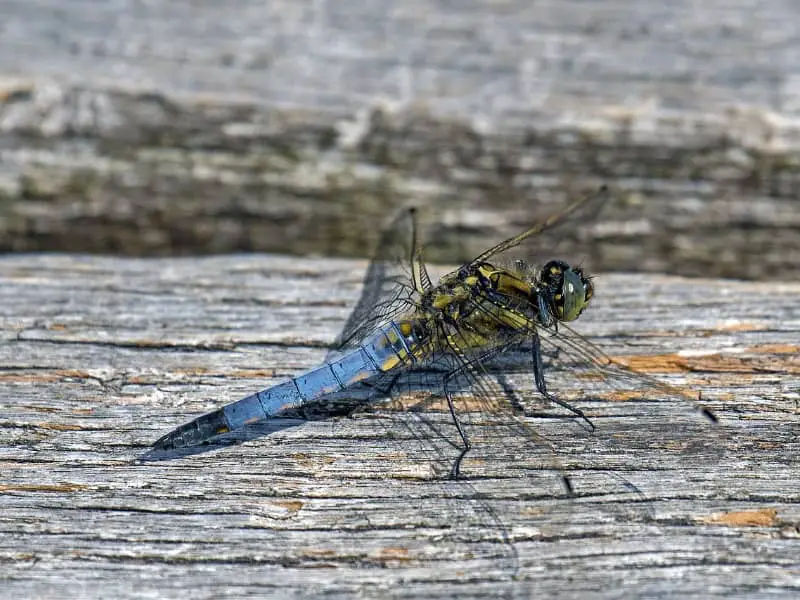
Conservation status and threats to the greater bluethroat
The greater bluethroat is not classified as endangered in many European countries. Nevertheless, there are certain threats to which this species is exposed. Habitat destruction due to human activities such as the drainage of wetlands and the construction of dams can affect the habitat of the greater bluethroat. The use of pesticides in agriculture can also have a negative impact on populations.
It is important to promote the protection of the greater bluethroat in order to preserve its populations. This can be done by preserving wetlands and creating suitable habitats. Raising public awareness of the importance of this species and promoting measures to protect insects can also help to conserve the greater bluetail and other dragonfly species.
Identification and differentiation of the great blue arrow from similar species
The greater bluethroat can sometimes be confused with other dragonfly species that have similar characteristics. One way to identify the Large Blue Darter is by its distinctive blue coloration. Other dragonfly species may have similar body structures, but their coloration is usually different.
A further distinguishing feature of the great blue dragonfly is its wing veining. Each dragonfly species has a unique wing veining that can be used for identification. It can be helpful to use an identification book or app for dragonflies to distinguish the common damselfly from other species.
Interesting facts about the greater blue arrow
- The greater bluethroat is a migratory bird species and can travel long distances.
- The males of the great blue dart aggressively defend their territory against other males.
- The great blue arrow can fly up to 30 kilometers per hour.
- The larvae of the great blue dart live in the water and are very predatory.
- The great blue arrow has a life expectancy of around one year.
Conclusion
The great blue darter is a fascinating dragonfly species that stands out due to its size and striking blue coloration. This species plays an important role in the ecosystem, especially in regulating insect populations. It is important to promote the protection of the great blue dragonfly in order to preserve its populations and maintain the ecological balance. By creating suitable habitats and raising public awareness, we can help to ensure that the greater bluethroat remains present in our environment in the future.
Author
Last posts
- 15. March 2024ChickensRobuster Kunststoffzaun für Hühner – Tipps
- 13 October 2023DragonfliesBlue feather damselfly
- 12 October 2023DragonfliesYellow dragonfly - What are the species?
- 12 October 2023DragonfliesEarly Adonis Damselfly

